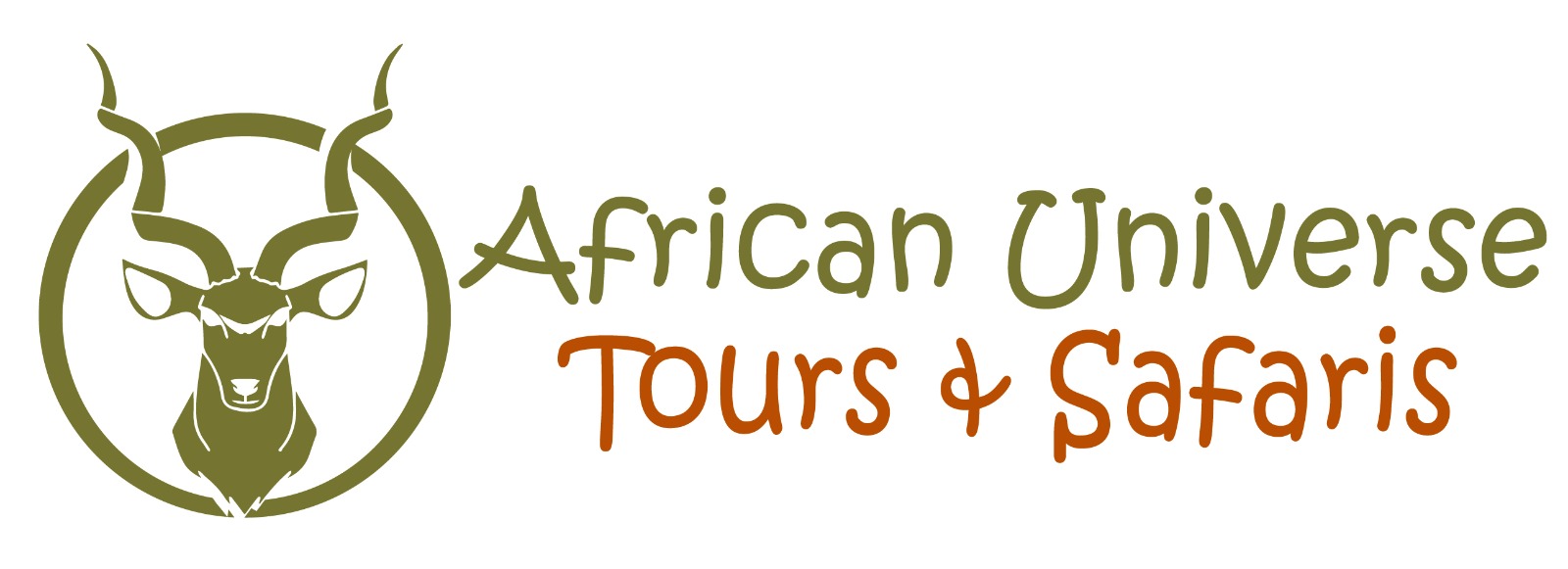The Giraffe Center was first opened in response to the endangered status of the Rothschild giraffe, the population of which had declined, reaching a low of 130 animals in the wild as a result of agricultural practices in their native habitat. Successful fundraising efforts secured monies to move four herds of these graceful animals to Lake Nakuru National Park, Nasalot Game Reserve, Mwea Game Reserve and Ruma National Park, and the success of these efforts has increased the population to over 500 individual giraffes in Kenya alone.
To raise awareness, the center provides free environmental education to young Kenyans and promotes conservation efforts of endangered species in Kenya. The Giraffe Center is open daily and the majority of your entrance fee goes toward supporting the important efforts of the organization.
The most exciting part of your tour visit to the Giraffe Center is the experience of seeing these animals up close and even feeding them! We hand feed the tallest of all animals.
Later we pass by Kazuri. Kazuri in Kiswahili means “small and beautiful”, a well-deserved name for the handcrafted jewelry you find at Kazuri Beads, located near the Karen Blixen Museum at the base of the Ngong Hills. Started in 1975 to help support single mothers, Kazuri Beads provides employment opportunities to local communities and, today, more than 300 Kenyan women work for the organization.
The entire process for creating the jewelry is done by hand and starts with shaping the beads that are then kiln-fired, glazed and fired a second time before being hand-painted and strung into necklaces and bracelets. Because each bead is hand-crafted and painted, no two beads are alike, making each piece of Kazuri jewelry a one-of-a-kind creation with an organic character derived from the personal trademark craftsmanship of the Kenyan women.
During your tour, you watch the women shape, paint and string the beads, and you can even shop for your own unique piece of this intricate and beautiful Kenyan art form. Kazuri Beads are available in rich colors that remind you of African bush and wildlife, as well as the native peoples, and the styles are named after areas, tribes and features to reflect the incredible and diverse beauty found in Kenya.
